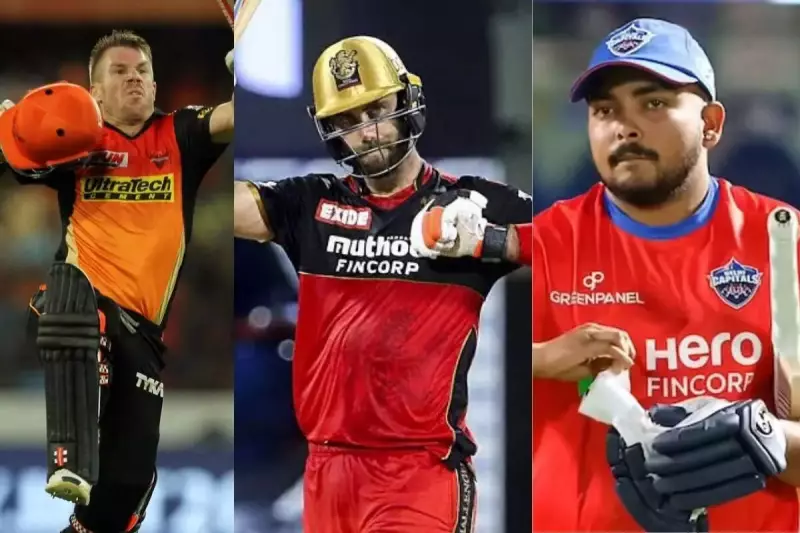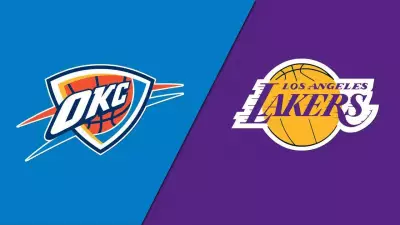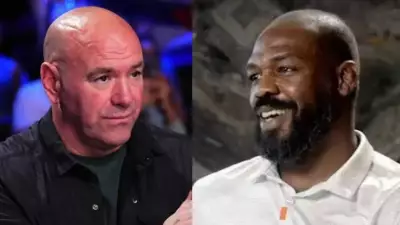
When IPL Retention Strategies Backfire Spectacularly
The Indian Premier League represents cricket's ultimate high-stakes environment where franchise decisions around player retention can make or break entire seasons. While holding onto marquee stars often seems like a safe bet, numerous examples demonstrate how these retention gambles can backfire dramatically, creating both financial burdens and on-field disappointments for teams.
Retention policies in the IPL serve as critical chess moves that balance trust in proven talent against pragmatic, data-driven decisions. The stories of several high-profile players highlight how retention strategies can derail franchises when form declines, fitness issues emerge, or leadership effectiveness wanes.
Star Players Whose Retention Became Franchise Burdens
David Warner's dramatic decline with Delhi Capitals exemplifies a retention decision gone terribly wrong. Despite his impressive historical record of over 6,500 IPL runs and three Orange Cap achievements during his Sunrisers Hyderabad stint, Warner's form deteriorated significantly in 2021, leading to his departure from the team. His return to Delhi Capitals proved equally disappointing when he managed just 168 runs in 8 matches during the 2024 season. Following this poor performance, Warner was dropped from DC's roster and remained unsold for the 2025 IPL season. The 38-year-old batter went unpicked by any franchise despite being recalled in the accelerated auction round, with reports citing declining recent performance and age as contributing factors.
Prithvi Shaw's unfulfilled potential at Delhi Capitals began with tremendous promise. The young batter burst onto the IPL scene with raw, audacious stroke play, establishing himself as a natural first-drop attacker. His aggressive flair earned him retention worth crores year after year, supported by an outstanding 2021 season where he accumulated 479 runs at a strike rate exceeding 150. However, fitness concerns—particularly his struggle to maintain optimal playing weight—combined with off-field indiscretions hampered his progress. Despite a lavish retention fee of Rs 7.5 crores, his subpar performance of just 198 runs in 8 matches during 2024 precipitated his release. Shaw's career trajectory serves as a cautionary tale about how raw talent alone cannot justify retention premiums when professionalism and fitness standards waiver.
Glenn Maxwell's batting nightmare with Royal Challengers Bangalore followed his retention for INR 11 crores after strong performances between 2021 and 2023. During IPL 2024, the Australian all-rounder endured a catastrophic batting collapse, managing just 52 runs in 9 innings at a dismal average of 5.78 and strike rate of 120.93, with his highest score being 28. Outside of one innings, Maxwell accumulated only 24 runs, severely disrupting RCB's middle-order stability. Although he claimed 6 wickets at an average of 21.50, his batting failures profoundly impacted RCB's early season form, illustrating the risks of relying heavily on an all-rounder past his peak. For the 2025 season, Maxwell was picked by Punjab Kings, where he scored 110 runs across 7 matches.
Additional Retention Missteps Across Franchises
Venkatesh Iyer's expensive underperformance for Kolkata Knight Riders transformed from an IPL revelation in 2021 to the costliest retention for KKR in 2025. Purchased for a massive ₹23.75 crore, Iyer's 2025 campaign sputtered with a mere 142 runs in 11 matches and just one half-century. This substantial investment in Iyer ultimately backfired, contributing to KKR's disappointing eighth-place finish and generating calls for his release before the next auction.
Kane Williamson's leadership limitations became apparent when Sunrisers Hyderabad retained him at INR 14 crores in 2022 following David Warner's exit. The New Zealand captain failed to justify the substantial price tag, scoring only 216 runs in 13 innings at a modest average of 19.64 and strike rate of 93.51, with just one fifty. His leadership couldn't salvage a disastrous season as SRH finished ninth. This performance starkly contrasted with his Orange Cap-winning 2018 campaign, highlighting the perils of retention when form drops sharply and team rebuilding challenges mount. After stints with Gujarat Titans in 2023 and 2024, Williamson went unsold in the mega auction but joined Lucknow Super Giants as a strategic advisor for IPL 2026 while taking up commentary duties for the 2025 tournament.
Nicholas Pooran's disappointing season with Punjab Kings followed his retention for INR 4.2 crores after strong 2019 and 2020 seasons where he scored 168 runs in 6 innings (SR 157) and 353 runs in 14 innings (SR 169) respectively. Pooran's 2021 IPL campaign proved disastrous as he accumulated only 85 runs over 11 innings at a woeful average of 7.73 and strike rate of 111.84. With 4 ducks and multiple single-digit scores, he failed to deliver the explosive firepower Punjab Kings expected, transforming a promising retention into both financial and tactical burdens. Following his departure from Punjab Kings in 2023, Pooran's subsequent seasons demonstrated remarkable improvement, including scoring 524 runs in 14 matches for Lucknow Super Giants during the 2025 season.
Anrich Nortje's expensive bowling for Delhi Capitals saw the team's former spearhead from 2020 to 2023 retained for INR 6.5 crores in 2024 with high expectations. However, Nortje's IPL 2024 season proved disappointing as he captured just 7 wickets in 6 innings at an expensive average of 42.00 and economy rate of 13.36. Despite bowling effectively internationally during the 2024 T20 World Cup, his failure to deliver in the IPL prompted DC to release him ahead of the 2025 season. For the 2025 season, Nortje scored 83 runs in 2 games for Kolkata Knight Riders, highlighting how franchise loyalty can be challenged by harsh IPL realities.
Lessons from Failed IPL Retention Strategies
These retention failures collectively underscore the volatile nature of player performance in the world's most competitive cricket league. They spotlight how high-profile retentions can derail franchises when form dips, fitness falters, or leadership effectiveness diminishes. The examples provide a sharp reminder that in the IPL's fiercely competitive arena, past glory doesn't guarantee present value, and retention decisions can sometimes represent the costliest gambles of all.
Franchises must balance emotional attachments to players with cold, hard performance data when making retention decisions. The financial implications of these choices extend beyond mere salary caps, affecting team composition, auction flexibility, and overall competitive balance. As the IPL continues to evolve, the lessons from these retention missteps will likely inform future franchise strategies, emphasizing the importance of performance consistency, fitness maintenance, and adaptability to different match situations.





